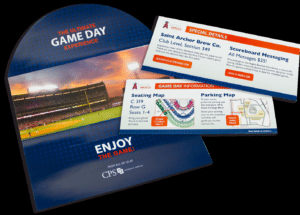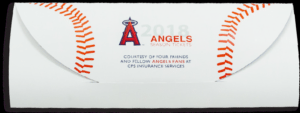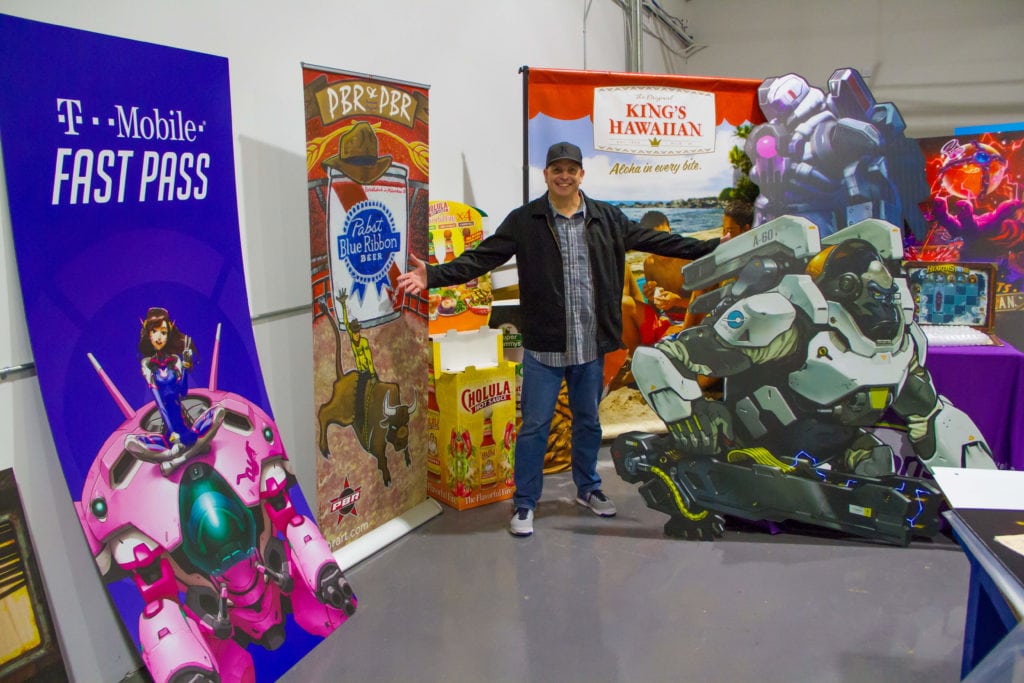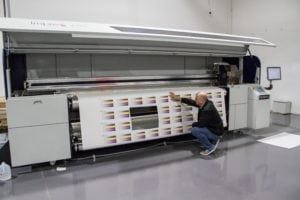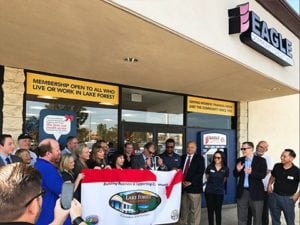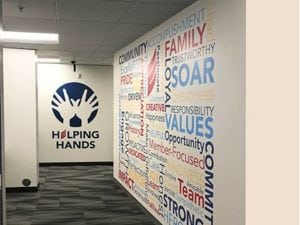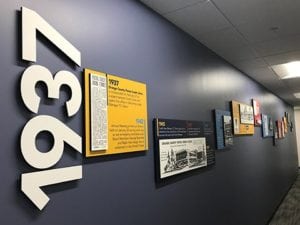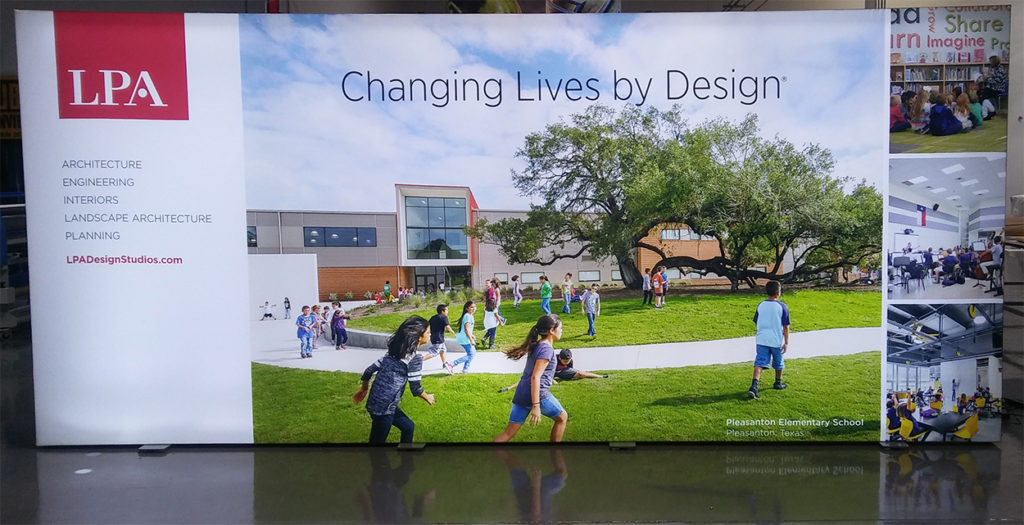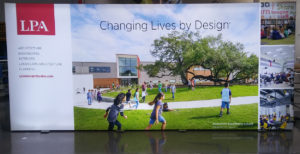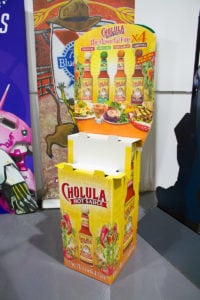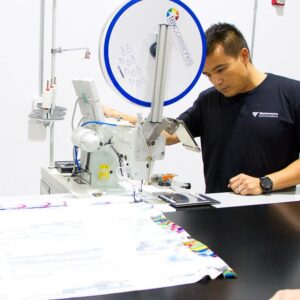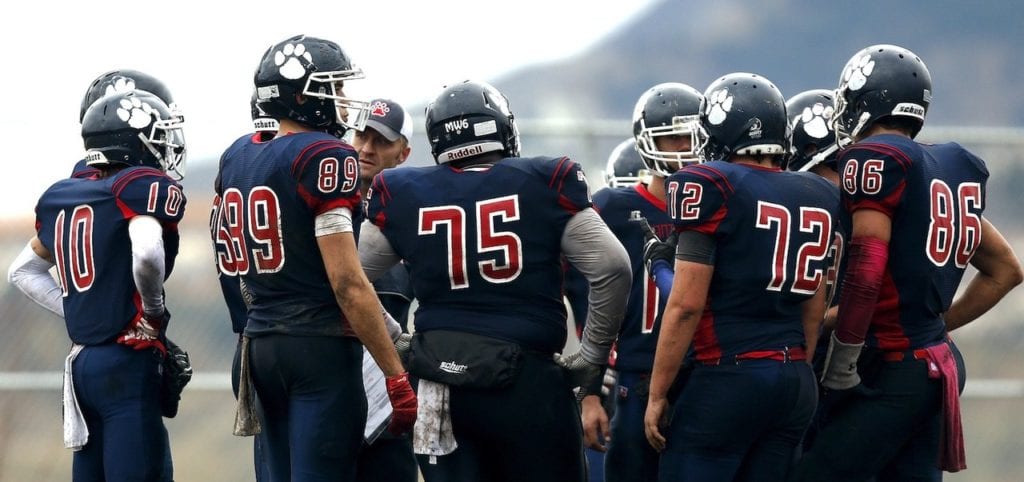
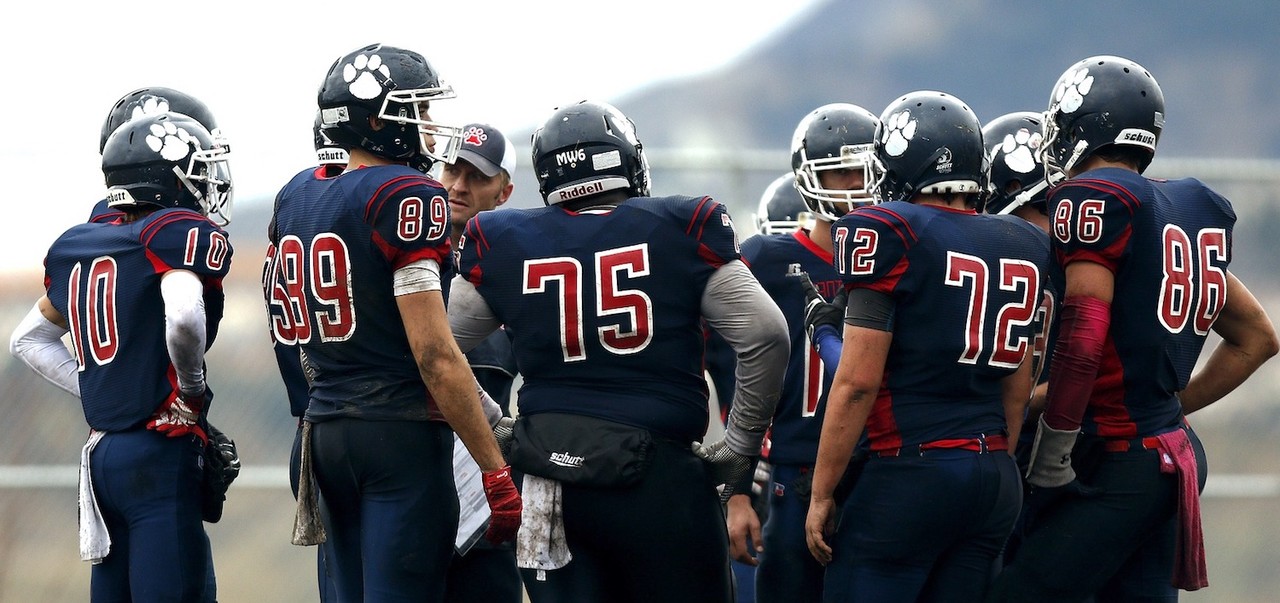 “We will be perfect in every aspect of the game. You drop a pass, you run a mile. You miss a blocking assignment, you run a mile. You fumble the football, and I will break my foot off in your John Brown hind parts and then you will run a mile. Perfection! Let’s go to work.”
“We will be perfect in every aspect of the game. You drop a pass, you run a mile. You miss a blocking assignment, you run a mile. You fumble the football, and I will break my foot off in your John Brown hind parts and then you will run a mile. Perfection! Let’s go to work.”
– Remember the Titans
Planning and preparation creates perfection. It makes the difference between unremarkable results and extraordinary ones. Anything extraordinary takes planning.
Do you want 2019 to be extraordinary? Then you must have a plan.
Creating a Successful Marketing Plan
 Good marketing is crucial to help you achieve your company objectives. A good marketing plan will help you connect to your target audience, boost your customer base, blunt your competitive threats and ultimately, increase your bottom line.
Good marketing is crucial to help you achieve your company objectives. A good marketing plan will help you connect to your target audience, boost your customer base, blunt your competitive threats and ultimately, increase your bottom line.
Consumers have all the power these days. They are actively looking for points of distinction before making buying decisions, and they’re not afraid to shift their loyalty. So it’s up to you to keep your unique features right out front to ensure that your product/service is there when the customer is ready to buy.
Now is the Time
As we approach the end of the year, now is a good time to reflect on this current year’s efforts. How successful were your campaigns? What worked? What didn’t? What should you do differently next time? You need to gather concrete data and use it for future planning.
Do you have any objective data to consider such as email tracking, promotional codes, a unique phone number, business reply forms and other techniques to measure response rates? Calculate ROI on those projects and use that insight to build future efforts focusing on which efforts are working, eliminating those that aren’t.
Based on the data from this year’s marketing efforts, start building a marketing plan for 2019.
Key Elements of a Marketing Plan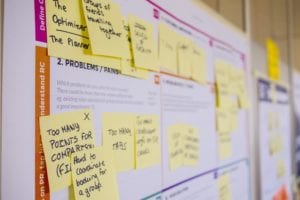
Whether you’re developing a B2B or B2C marketing plan, successful campaigns begin with research. This requires you to get involved and stay informed. What are the needs of your target audience? What are the trends in the current market? What are the latest regulations that might affect their business? What are your competitors up to? The more you can keep in touch with overall conditions, the better.
As you answer these questions, start thinking of how you can craft a compelling message in a way that answers the needs of your prospective clients. While it’s good to explain the product features, it’s better to describe benefits. And it’s even better to clearly show how those benefits can make their life more comfortable, more enjoyable, or more rewarding.
Developing an Integrated Marketing Plan
Today you have to deliver your message in more than one format. By leveraging all the appropriate media, you can capture additional opportunities for communicating. Television and radio spots, lobby videos, your website, email blasts, social media, and other techniques will reach a wide variety of demographics at various times and places. Using the right mix of all the key tools, in line with your budget limitations and marketing opportunities, is the ultimate goal. It’s all about striking a balance.
Building an Effective Marketing Plan is Easy
How can you develop an effective marketing plan? At Westamerica Communications, we provide clients with a workbook to help them assess, refine, create and build a marketing plan. Our 2019 Marketing Calendar & Planner contains proven guidelines for success. Some of these include:
- Setting specific, realistic objectives
- Targeting clients in terms of demographics, needs, wants and “hot-buttons”
- Determining the most effective medium: direct mail, radio/TV, direct selling, email, social media, in-branch merchandising
- Reviewing past promotional results and challenges to help predict future opportunities
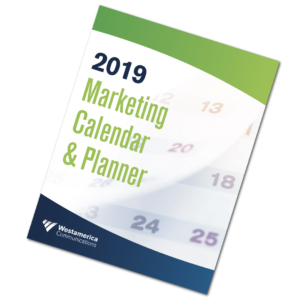 Even a relatively small marketing project can have lots of moving parts. The key to tying them all together is consistent communication. Internal coordination can help minimize redundancies, revisions and false starts, which often add extra time and cost to a project. Working with Westamerica gives you a real advantage with external coordination, eliminating the need for multiple vendors and keeping you firmly in control.
Even a relatively small marketing project can have lots of moving parts. The key to tying them all together is consistent communication. Internal coordination can help minimize redundancies, revisions and false starts, which often add extra time and cost to a project. Working with Westamerica gives you a real advantage with external coordination, eliminating the need for multiple vendors and keeping you firmly in control.
Careful planning will help make 2019 an extraordinary year for your business. If you’d like to receive the 2019 Marketing Calendar & Planner, you can find it HERE
“If you don’t know where you are going, you’ll end up someplace else.”
― Yogi Berra


 How much time do you get each day to spend thinking vs. doing, proacting vs. reacting and innovating versus executing?
How much time do you get each day to spend thinking vs. doing, proacting vs. reacting and innovating versus executing?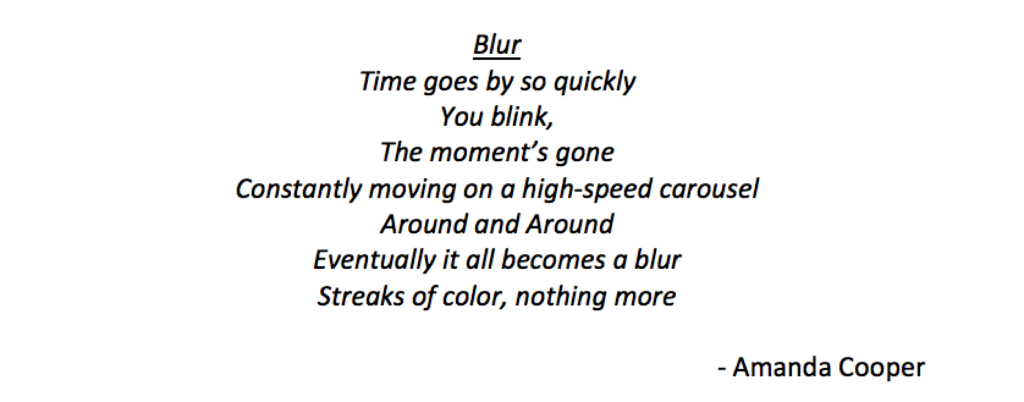
 Your days are moving faster and faster too. Part of that is due your natural aging process. Each year you live the “faster” life moves. It’s a mathematical formula at work. Each year is a smaller part of the years that you have already lived therefore it moves “faster.” Or so it seems to.
Your days are moving faster and faster too. Part of that is due your natural aging process. Each year you live the “faster” life moves. It’s a mathematical formula at work. Each year is a smaller part of the years that you have already lived therefore it moves “faster.” Or so it seems to. Getting outside the “blur” is important for marketers. Creating great marketing ideas typically doesn’t happen while you are juggling five activities at once. The typical marketer today is writing content for a blog, checking social media for status, reviewing the web traffic numbers, creating designs and promotions and even talking to customers. This leaves precious time for coming up with that killer campaign idea. Or, the next great new product.
Getting outside the “blur” is important for marketers. Creating great marketing ideas typically doesn’t happen while you are juggling five activities at once. The typical marketer today is writing content for a blog, checking social media for status, reviewing the web traffic numbers, creating designs and promotions and even talking to customers. This leaves precious time for coming up with that killer campaign idea. Or, the next great new product.

 Our country’s economy is moving along at an impressive pace. Consumer confidence is up while unemployment is at its lowest rate in decades. All of this is good news. An increase in employment rates means more money will be spent on goods and services. Those goods and services need promotional materials and packaging, which is good for all of us here at
Our country’s economy is moving along at an impressive pace. Consumer confidence is up while unemployment is at its lowest rate in decades. All of this is good news. An increase in employment rates means more money will be spent on goods and services. Those goods and services need promotional materials and packaging, which is good for all of us here at  As the world’s largest paper recycler, China uses both local and imported waste paper to produce pulp used in the production of recycled paper. Until recently, some 24% of this
As the world’s largest paper recycler, China uses both local and imported waste paper to produce pulp used in the production of recycled paper. Until recently, some 24% of this 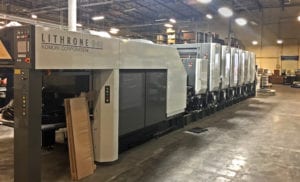

 The digital playground is getting very crowded these days. The big kids are bringing in their newest toys and establishing the rules. And it didn’t take long for many smaller players to offer up their own unique solutions allowing companies at every level to create their own digital media operation.
The digital playground is getting very crowded these days. The big kids are bringing in their newest toys and establishing the rules. And it didn’t take long for many smaller players to offer up their own unique solutions allowing companies at every level to create their own digital media operation.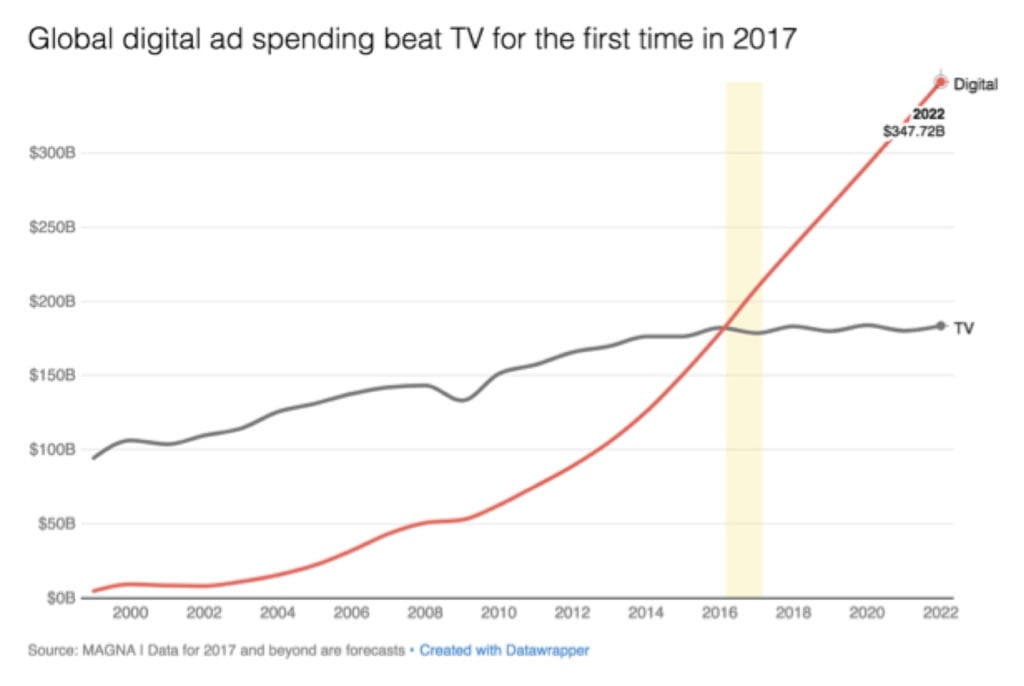

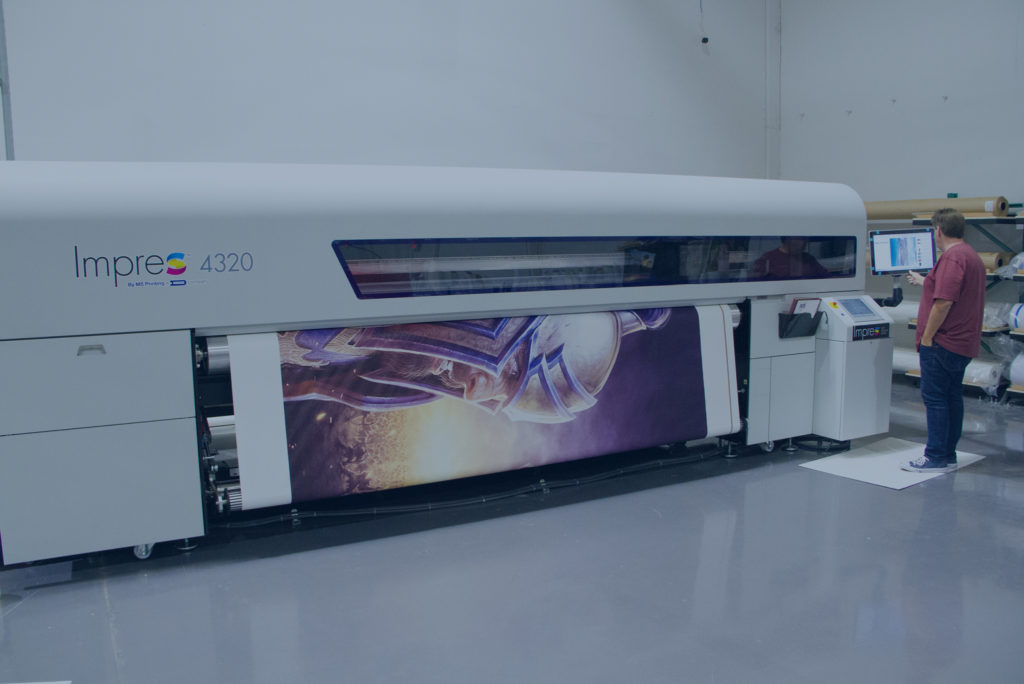
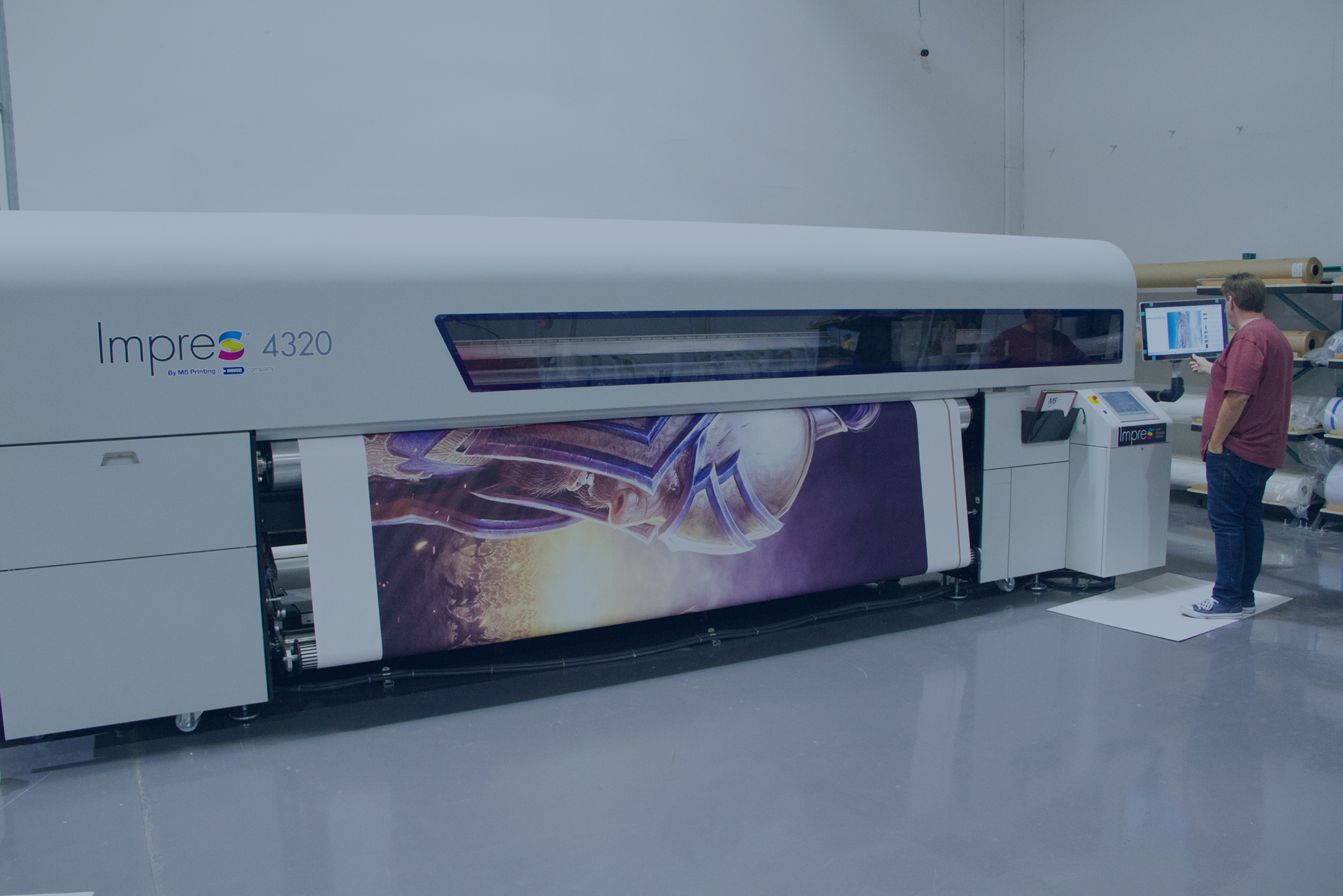
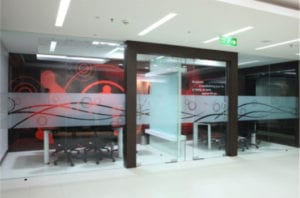
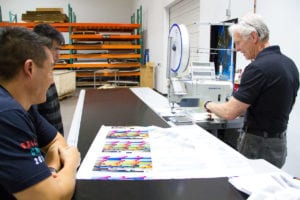
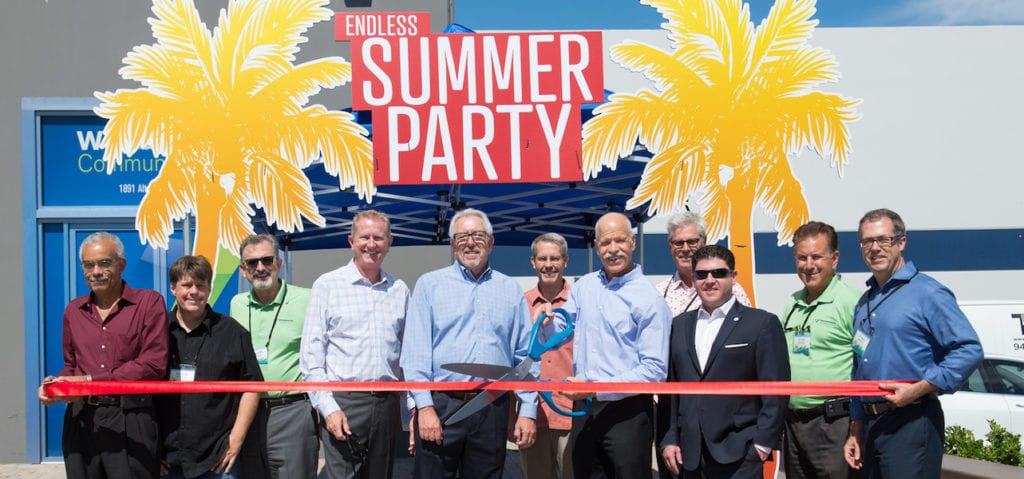
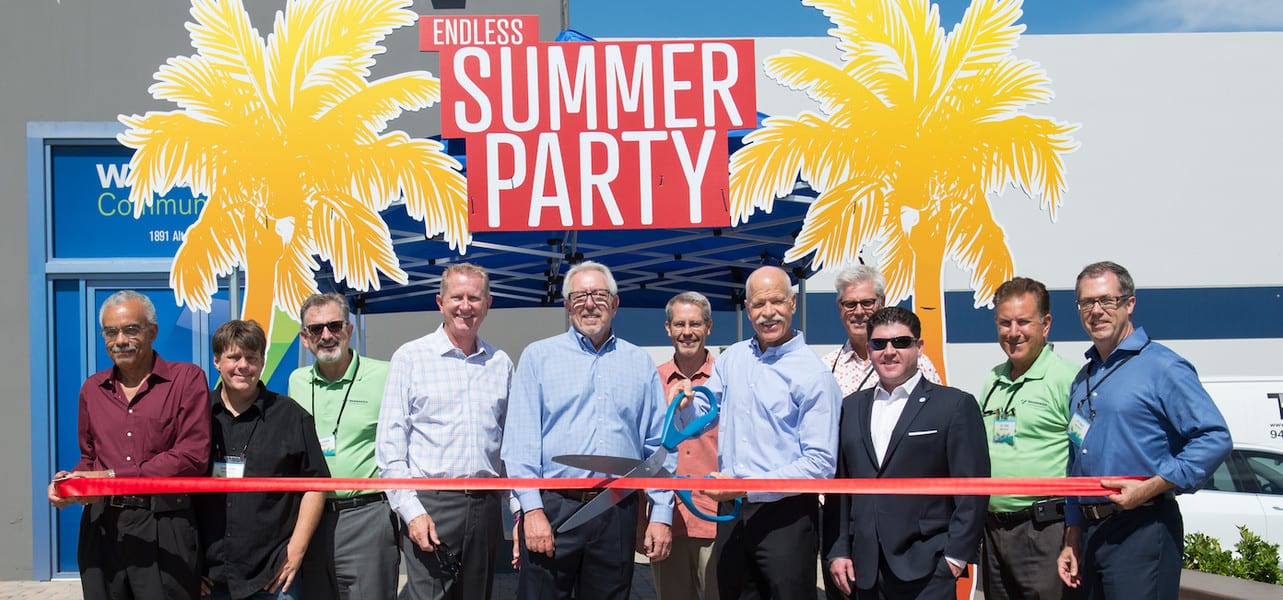 Well, it’s official. After months of talking about the advantages of
Well, it’s official. After months of talking about the advantages of 
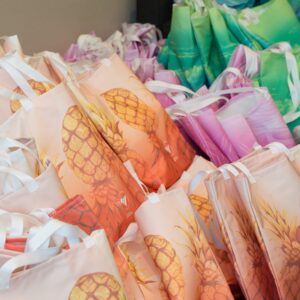 In addition to signage, our team created gifts for each of our visitors. These, too, were produced on our equipment.
In addition to signage, our team created gifts for each of our visitors. These, too, were produced on our equipment.
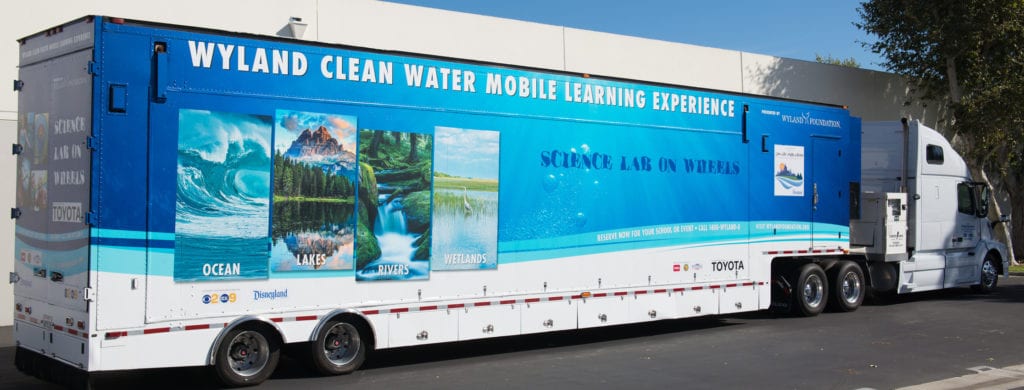 A Learning Experience
A Learning Experience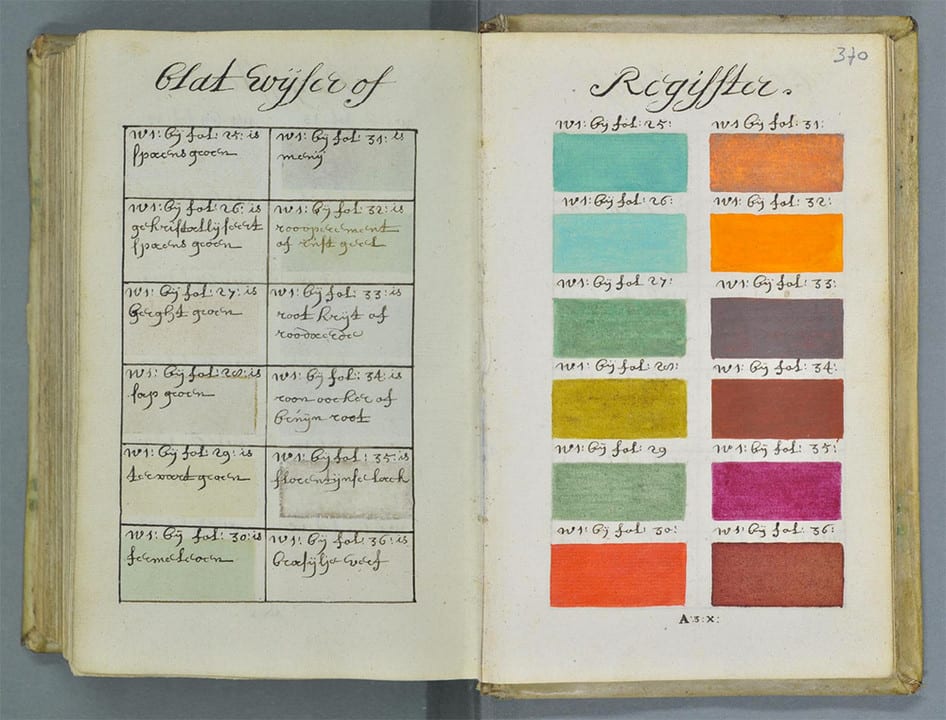
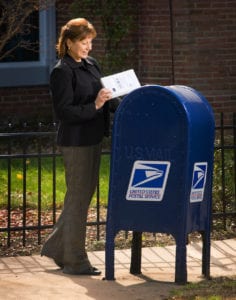
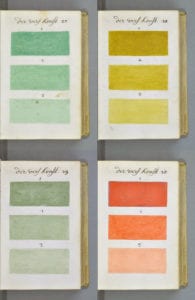 The book, written in 1692, was intended as an educational guide and contained information on mixing watercolors. At the beginning of the book, Boogert explained the use of color in painting and went on to demonstrate how to create certain hues and change the tone by adding one, two, or three parts of water.
The book, written in 1692, was intended as an educational guide and contained information on mixing watercolors. At the beginning of the book, Boogert explained the use of color in painting and went on to demonstrate how to create certain hues and change the tone by adding one, two, or three parts of water.